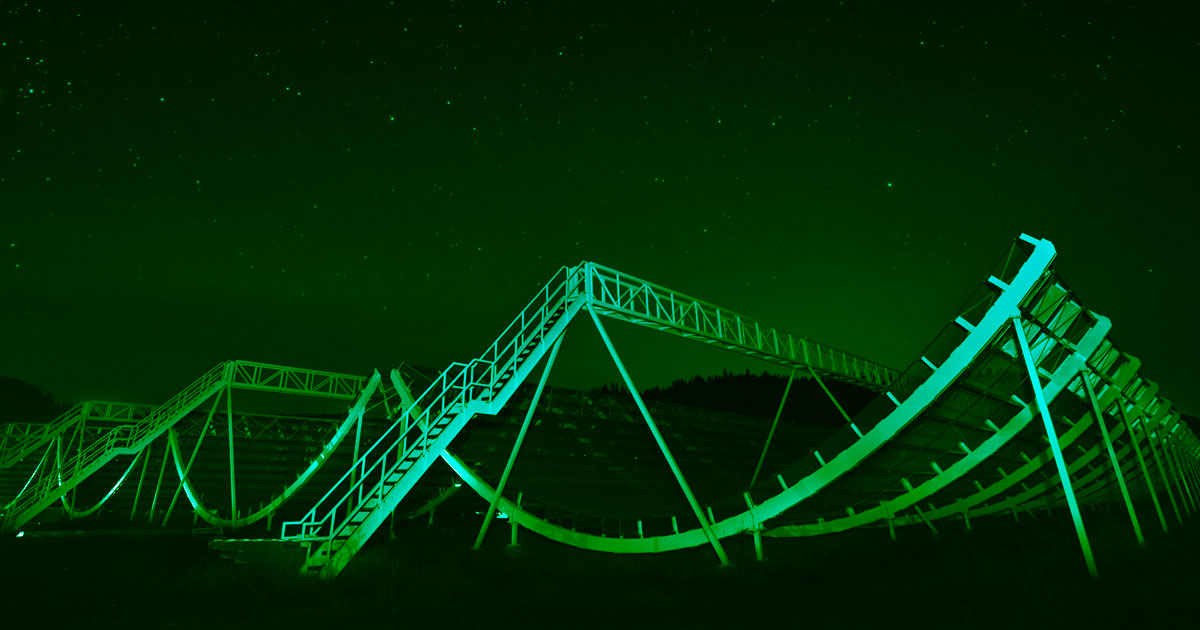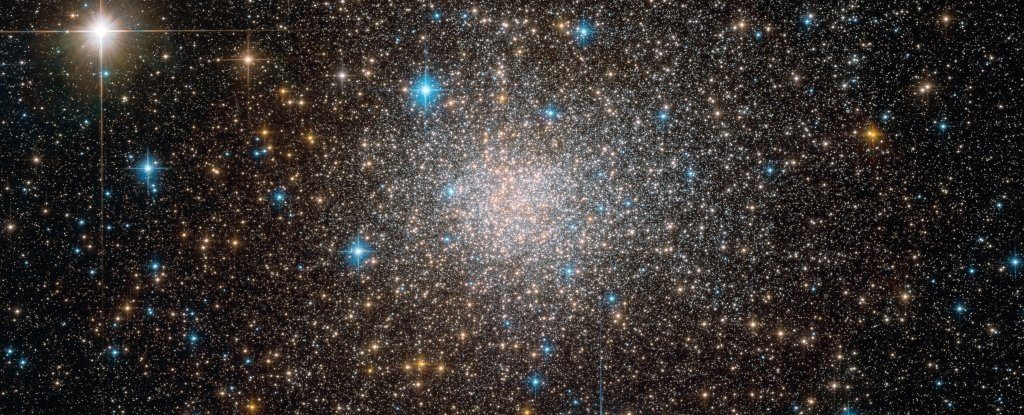One of the characterizing qualities of the strange profound space signals people call quick radio blasts is that they are unusual. They burp out over the universe randomly, with no detectable example, making them inconceivably difficult to contemplate.
Presently, just because, space experts have discovered a quick radio burst (FRB) that rehashes on an ordinary cycle.
Each 16.35 days, the sign named FRB 180916.J0158+65 follows a comparative example. For four days, it will let out a burst or two consistently. At that point it falls quiet for 12 days. At that point the entire thing rehashes.
Stargazers with the Canadian Hydrogen Intensity Mapping Experiment (CHIME) Collaboration in Canada watched this cycle for an aggregate of 409 days. We don’t yet have the foggiest idea what it implies; however it could be another piece in the entangled problem of FRBs. The exploration has been transferred to pre-print server arXiv, where it anticipates examination from different specialists in the field.
It’s anything but difficult to turn out to be to some degree fixated on quick radio blasts, an entrancing space secret that has so far opposed any endeavors at a far reaching clarification.
To recap, FRBs are gigantically enthusiastic flares of radiation in the radio range that last only a couple of milliseconds all things considered. In that time span, they can release as a lot of intensity as a huge number of Suns.
The vast majority of them sparkle once, and we have never distinguished them again. This makes it somewhat hard to follow these blasts down to a source world. Some FRBs let out rehashing radio flares, however fiercely erratically. These are simpler to track to a universe, yet up until this point, hasn’t presented to us significantly more like a clarification.
A year ago, the CHIME coordinated effort declared they had distinguished an astounding eight new rehashing quick radio blasts, carrying the then-aggregate of repeaters to 10 out of more than 150 FRB sources. (Another paper as of late brought that aggregate up to 11.)
FRB 180916.J0158+65 was among the eight repeaters remembered for a year ago’s take; aside from its recurrent blasts, at first it didn’t give off an impression of being anything extraordinary. In any case, as the CHIME explore kept on gazing at the sky, an example rose.
This is energizing, since it offers new data that can be utilized to attempt to display what could be causing FRB 180916.J0158+65.
“The revelation of a 16.35-day periodicity in a rehashing FRB source is a significant intimation to the idea of this item,” the specialists wrote in their paper.
Different items that show periodicity will in general be twofold frameworks – stars and dark openings. The 16.35-day time frame could be the orbital period, with the FRB object just confronting Earth during a specific piece of the circle.
FRB 180916.J0158+65 is one of the bunch of FRBs that have been followed back to a world. It’s on the edges of a winding world 500 million light-years away, in a star-shaping area. This implies a supermassive dark gap is far-fetched, yet an excellent mass dark opening is conceivable.
“The single constraint on the orbital period still allows several orders of magnitude range in companion mass amongst known stellar-mass compact object binaries: from so-called ‘black widow’ binary systems, consisting of a low-mass star and a powerful millisecond pulsar whose wind ablates the companion (albeit typically with few-hour orbital periods), to massive O/B stars with highly eccentric companion pulsar orbits,” the scientists composed.
On the other hand, twists from the buddy object, or tidal disturbances from a dark opening, may intermittently by one way or another square the FRB radiation.
It likewise can’t be decided out that the FRB source is a solitary, solitary item, for example, a magnetar or X-beam pulsar, in spite of the fact that the analysts note this clarification is somewhat harder to accommodate with the information. That is on the grounds that those items have a wobbling revolution that produces periodicity, and none are known to wobble that gradually.
What’s more, radio pulsars that do have intermittent interims of a few days are requests of extent fainter than FRBs. So it’s as yet a secret.
In any case, recollect that eleventh repeater we referenced before? It was discovered originating from a FRB space experts had thought was an irregular; its rehashes were basically unreasonably swoon for the gear that had at first been utilized to search for them.
This recommends a lot more FRBs could be rehashing, however outside our discovery run. Furthermore, the way that FRB 180916.J0158+65 appeared to be pretty much equivalent to different FRBs could imply that other rehashing FRBs are likewise on a cycle – people simply haven’t identified those cycles yet.
In this way, the following stage would be, obviously, to keep gazing at FRB 180916.J0158+65 for a piece. Be that as it may, it likewise would be entirely intriguing to attempt to check whether periodicity can be distinguished in different blasts too.
“Future observations, both intensity and polarimetric, and at all wavebands, could distinguish among models and are strongly encouraged,” the researchers wrote, “as are searches for periodicities in other repeaters, to see if the phenomenon is generic.”
Disclaimer: The views, suggestions, and opinions expressed here are the sole responsibility of the experts. No journalist was involved in the writing and production of this article.



